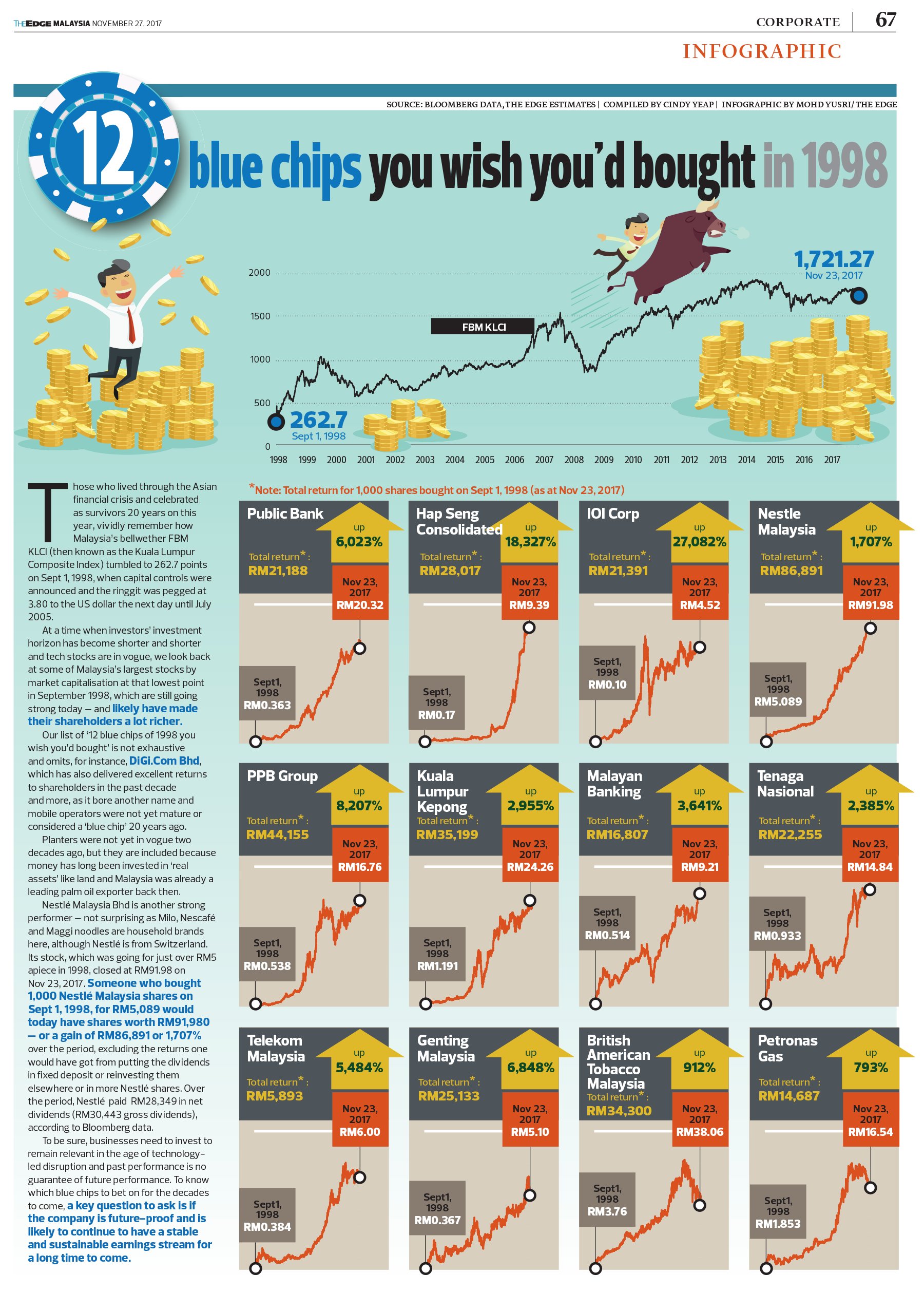A Range of Value
Businesses, unlike debt instruments, do not have contractual
cash flows. As a result, they cannot be as precisely valued as
bonds.
value of businesses and thus of equity securities that represent
fractional ownership of those businesses. In Security Analysis he
and David Dodd discussed the concept of a range of value:
determine exactly what is the intrinsic value of a given security.
It needs only to establish that the value is adequate – e.g., to
protect a bond or to justify a stock purchase – or else that the
value is considerably higher or considerably lower than the
market price. For such purposes an indefinite and approximate
net working capital per share, a back-of-the-envelope estimate
of a company’s liquidation value. His use of this rough
approximation was a tacit admission that he was often unable
to ascertain a company’s value more precisely.
To illustrate the difficulty of accurate business valuation,
investors need only consider the wide range of Wall Street
estimates that typically are offered whenever a company is put
up for sale.
marketed Bloomingdales to prospective buyers; Harcourt Brace
Jovanovich, Inc., held an auction of its Sea World subsidiary;
and Hilton Hotels, Inc., offered itself for sale. In each case Wall
Street’s value estimates ranged widely, with the highest
estimate as much as twice the lowest figure. If expert analysts
with extensive information cannot gauge the value of high
investors should not fool themselves into believing they are
capable of greater precision when buying marketable securities
based only on limited, publicly available information.
Markets exist because of differences of opinion among
many fewer differences of opinion; market prices would
fluctuate less frequently, and trading activity would diminish.
To fundamentally oriented investors, the value of a security to
the buyer must be greater than the price paid, and the value to
the seller must be less, or no transaction would take place. The
discrepancy between the buyer’s and the seller’s perceptions of
value can result from such factors as differences in assumptions
regarding the future, different intended uses for the asset, and
differences in the discount rates applied. Every asset being
the value to the buyer and the value to the seller; the actual
transaction price will be somewhere in between.
In early 1991, for example, the junk bonds of Tonka
Corporation sold at steep discounts to par value, and the stock
sold for a few dollars per share. The company was offered for
sale by its investment bankers, and Hasbro, Inc., was evidently
willing to pay more for Tonka than any other buyer because of
economies that could be achieved in combining the two
operations. Tonka, in effect, provided appreciably higher cash
flows to Hasbro than it would have generated either as a
difference of opinion between the financial markets and Hasbro
regarding the value of Tonka, a disagreement that was resolved
with Hasbro’s acquisition of the company.
